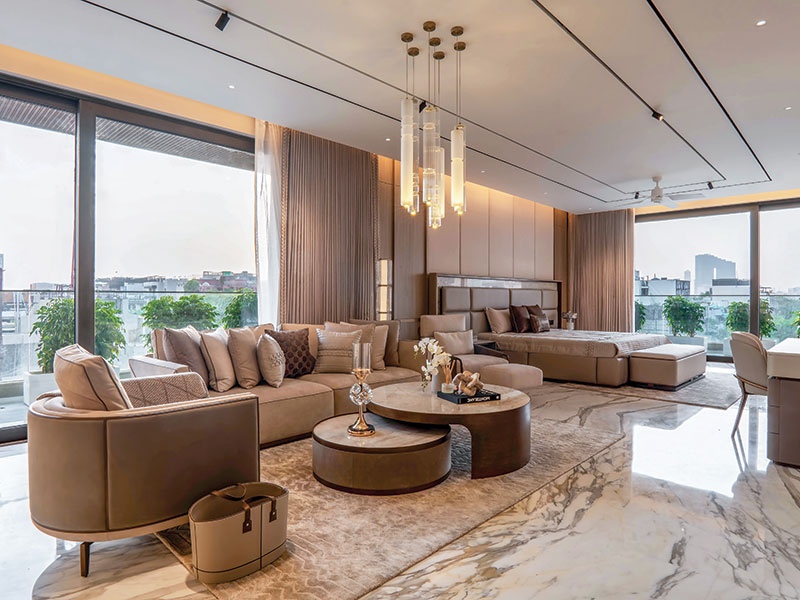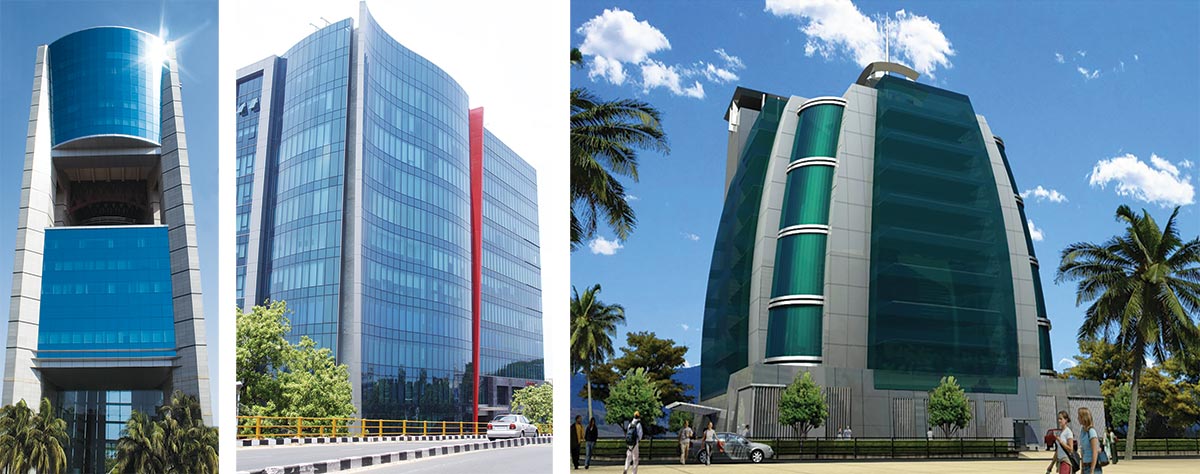
The presence of glass in the Indian Design Industry was primarily felt in the 1990's when its usage started progressing from a mere aesthetic/decorative material to a structural material aiding in flow of spaces, establishing transparency in architecture and making nature merge naturally into designs.
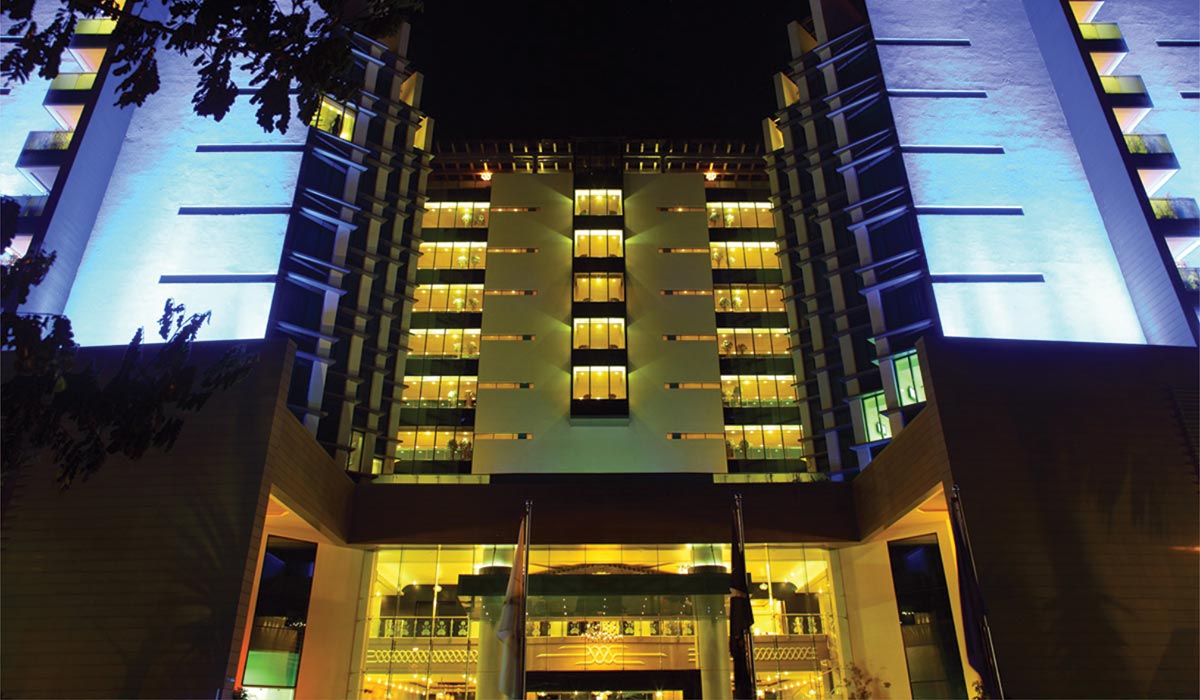
Today, many people associate 'contemporary architecture' with glass. If not a necessity, it has become a vital part of the Indian Architecture which of late has been experimenting with materials. Globally, India is counted amongst one of the largest consumers of glass in construction. Skyscrapers, Retail Architecture, Commercial Complexes, Airports – glass provides them a whole lot of new definitions. Having travelled the path from a 'fragile' material to a sturdy, stronger material it has also given the 'green trend' in buildings a backing in the form of its innovations like double glazed glass, thermal insulating glass and solar control glass. With the advent of treated glass the use of glass has been increasing manifolds. A vast potential for toughened glass is found in India. The face of Indian glass market has also revolutionized. From what started as simple glass trading has now given way to firms involved with art glass processing, manufacturing of various products like tempered glass, double glazed glass etc.
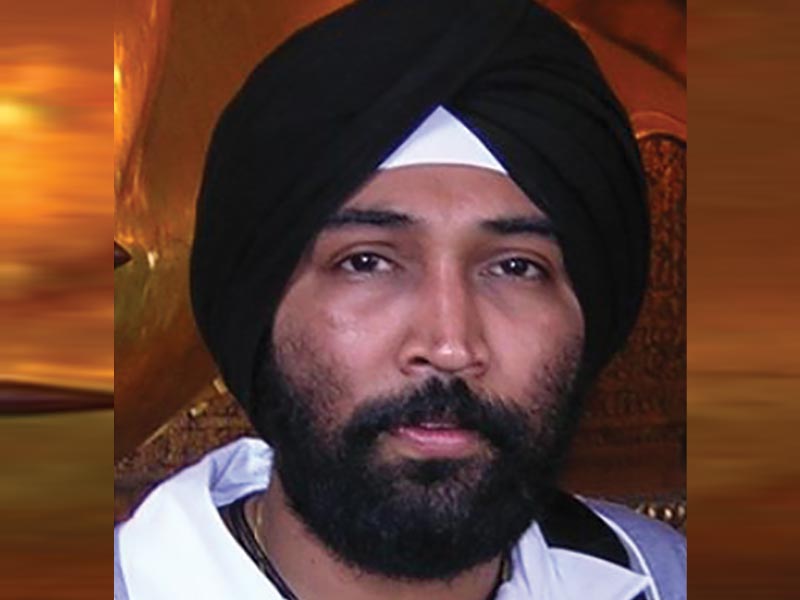
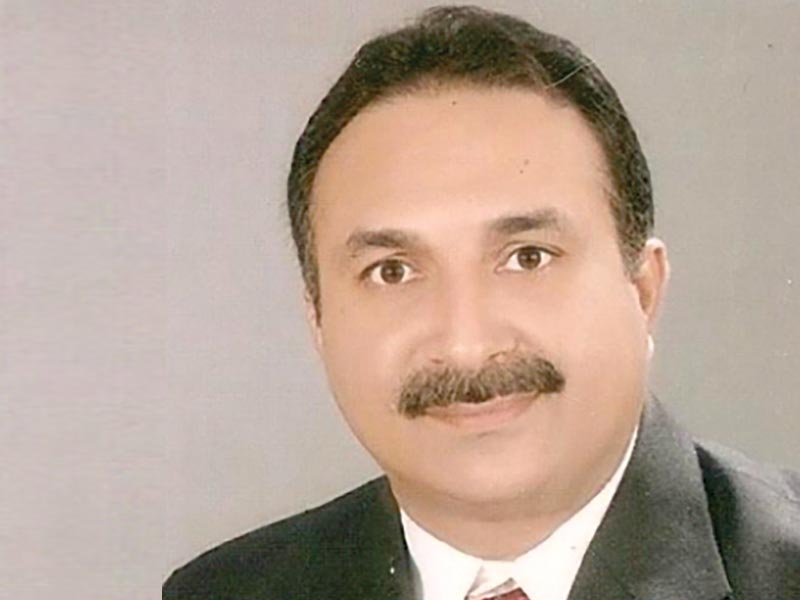
Type of Glasses

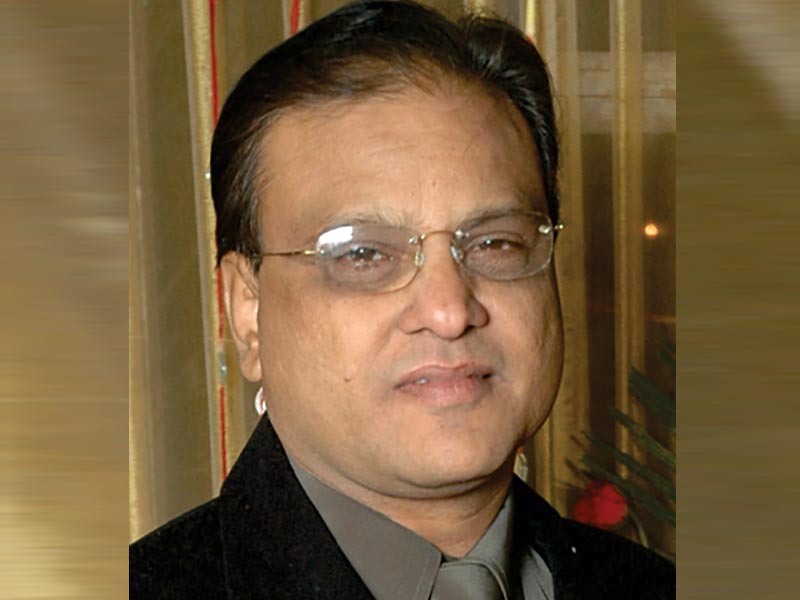
It is not only the simple use of glass which is creating wonders but also in interiors, a creative organization of broken glass can prove appealing. Ceramic printed glass, glass blocks, glass bricks, frosted, and acid treated glass are also used innovatively in interiors.
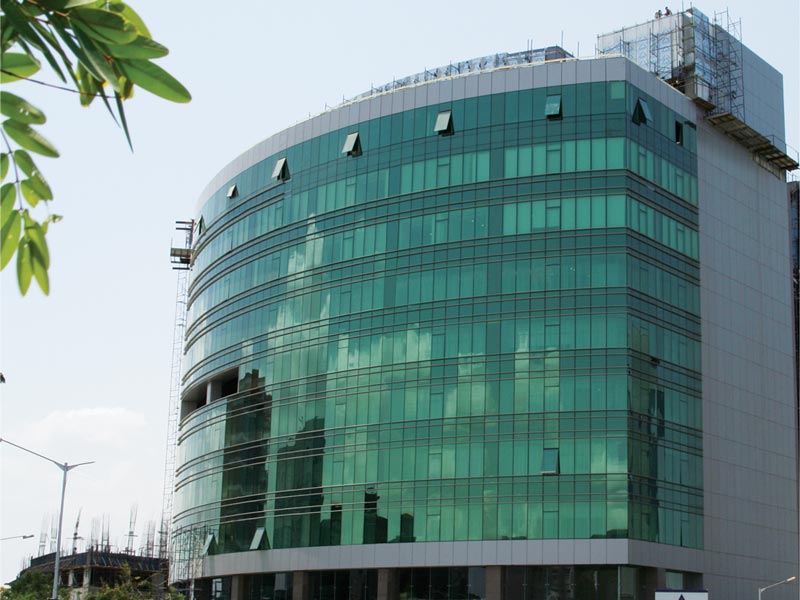 The reflective glass at K Raheja Building in Mumbai helps in low emissivity with solar control, high visible light transmittance and glare control. (Pic courtesy: Glass India Limited).
The reflective glass at K Raheja Building in Mumbai helps in low emissivity with solar control, high visible light transmittance and glare control. (Pic courtesy: Glass India Limited).However, if glass is used in its annealed state without toughening, it can hurt anyone when broken; there is also shortage of skilled manpower in handling glass as compared to other materials. In this regard, the Saint-Gobain Glass Academy launched by Saint-Gobain Glass India Ltd scores a high since it helps in disseminating information, technology and training in safe and efficient use of glass in construction. Glass doesn't only get in light but a lot of heat which can increase the air conditioning costs; hence its use as per the orientation of the building becomes important.
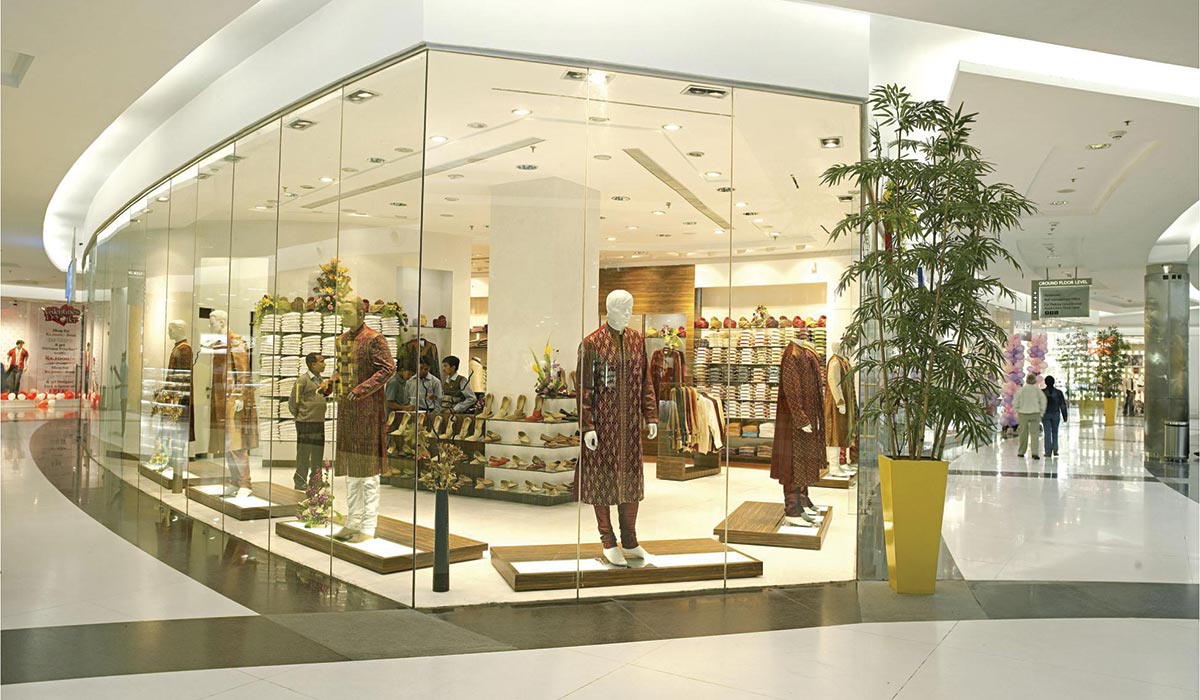 Toughened Laminated Glass due to its additional safety is a hit with shop fronts as seen in the South City Mall in Kolkata (Pic courtesy: Dorma India Pvt. Ltd.)
Toughened Laminated Glass due to its additional safety is a hit with shop fronts as seen in the South City Mall in Kolkata (Pic courtesy: Dorma India Pvt. Ltd.)
"India is a unique country with different geographical and climate zones, so there cannot be any standard products or performance criteria as in European markets. In these conditions, the role of processors becomes very crucial to deliver value added products for customized solutions", adds Chouhan. The performance eventually as Chouhan mentions of any high performance coated product depends on the processing quality. Talking about new products he adds," One of our new product integrates solar shading systems into the standard IGU – this concept will serve as a breakthrough to combine Solar heat & Glare control properties and will offer dynamic features that can be controlled just by touching a button. Today, the architecture trends have been moving more towards higher transparency & low reflection, neutral looking glasses. The trends noticed are the ability to convert flat glass to shapes that allows 'free form' surfaces with geometric complexity and the possibility" of integrating other elements like metal screens, LED's, Photovoltaics etc into conventional flat glass."

Products in the Market
There is no dearth to the varieties of glass that is found in India. However Chouhan adds, "The façade glazing industry in general is still not driven by any mandatory regulations or standards. On one hand we have witnessed the rising demand for High performance glass and on the other hand there is a very large scattered market which has to be convinced to go for Heat treated glass. This segment uses glass as a mere cosmetic finish to buildings but generally ignores or rather compromises on other performance & safety characteristics."At Saint-Gobain Glass India, the product range has been designed and tailor made for Indian climate. For exteriors, there is Sunban which is a high performance glass where both light and solar factor can be optimized. The building façade in this case is under the exterior which helps in making it more energy efficient and gaining in more light and less of heat transmission. In present buildings where the window to wall ratio is more, it helps in cutting the cooling costs. For Interiors, there is Miralite evolution which has diversified usage. Amongst the recent innovations, there is Planilaque, an eco-friendly lacquered glass available in nine shades and can be used in high humid areas like bathrooms & wall panelling. There is Diamant Mirror which is a mirror on extra clear glass and is a new trend for a clear reflection. The clearer the glass, lesser is the light absorption and hence better is the reflection. Apart from these, there is bio self-cleaning glass and fire safety glass.
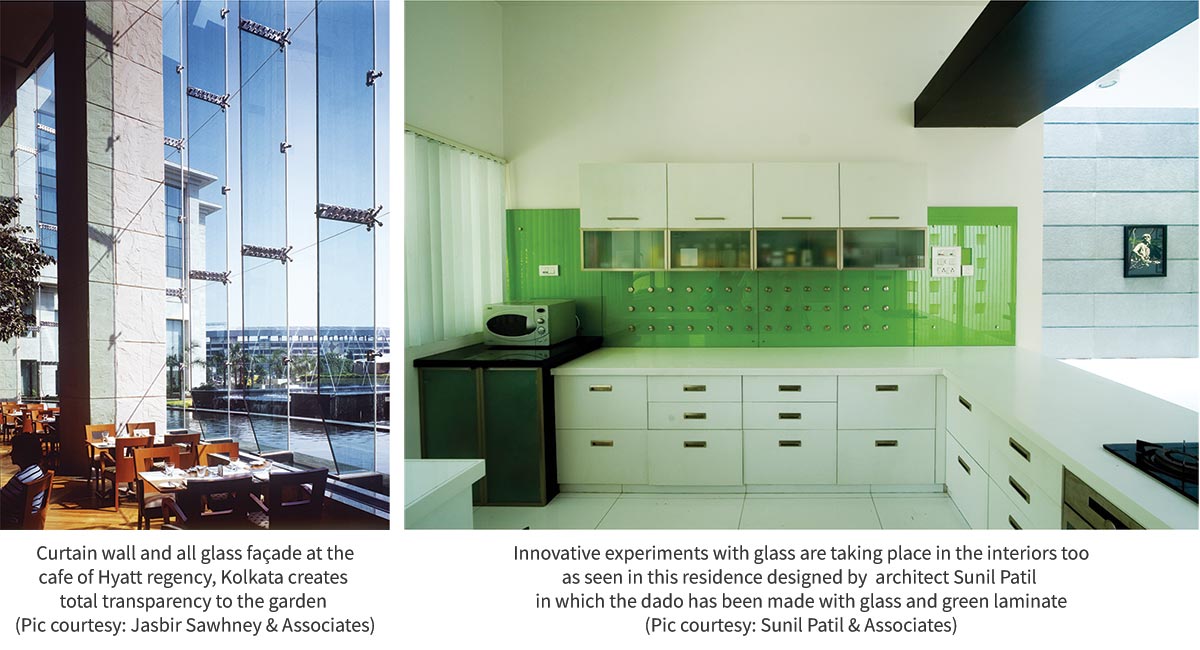
Adds Raghunandan, Dorma India "Most of our products are made from Stainless Steel Grade 316/304 and aluminium extrusions which are anticorrosive and suitable for exterior and interior applications. Our Products are durable and maintenance free during operation." The recent innovations/products that the company has come up with include DORMA MAGNEO (Magnetic Levitation Technology Automatic Sliding Doors), DORMA PORTEO (Sleek Design Automatic Swing Door Operator suitable for wooden, metal, glass doors), DORMA MOVEO GLASS (Acoustic movable partition in glass with fully remote controlled venetian blind feature), DORMA LOOP (for Double Glazed Exterior Façade) and DORMA VISUR (fully concealed hardware system for Glass Swing Door). They are soon going to come up with Home range of products too.
At Sezal Glass Ltd, the Fresca range of glass is the most impressive and scientifically advanced, offering solar control low-E properties with excellent day Lighting and very low heat insulation. There is also Kool Glass eco series of high performance insulating glass with excellent spectral selection, energy saving potential, aesthetic flexibility and appeal. The high performance series of coated glass in Eco has a multi functional coating with multilayer stack to meet the desired spectral performance criteria. It is available in a variety of colors and offers excellent properties with a combination of solar control, optimum light transmission/reflection and thermal insulation. The firm has also forged a marketing alliance with Dupont to bring out "Armor Plus", a laminated glass with Sentryplus of Dupont as an interlayer. Armor Plus is a superior version of laminated glass with PVB as an interlayer making it even more safe, strong, durable & storm resistant. This glass can be configured with coated / uncoated, annealed / toughened / heat strengthened glass to get value addition in performance and can be used in skylights, facades, floors, staircases, shop fronts, hurricane rated systems, high security areas etc.
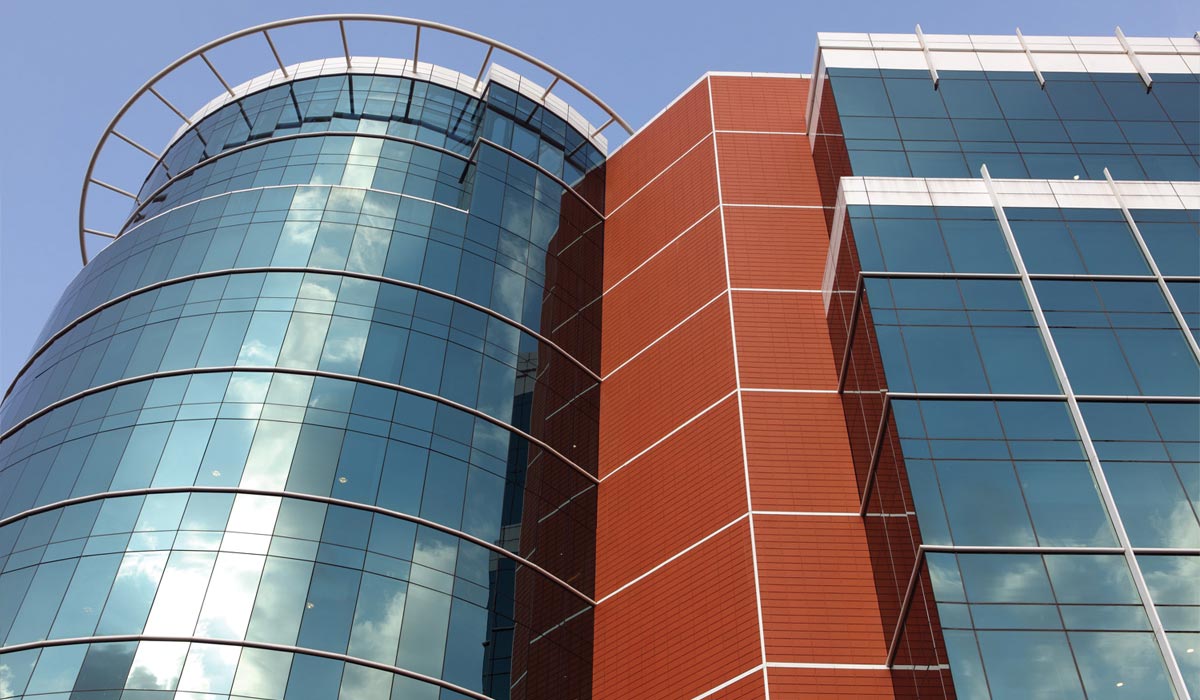
Pilkington, recognized as the world's technological leader in glass has a lot of innovative products like Pilkington Pyroshield&tra de;, Pilkington Pyrostop™, Pilkington Reflite™, Pilkington Solar E™ Solar Control Low-E Glass, Pilkington Eclipse Advantage™ Reflective Low-E Glass, Pilkington OptiView™ Anti-Reflective Glass, Pilkington Optifloat™ Clear Glass, Pilkington Mirropane E.P™ Transparent Mirror etc.
Citing their recent innovation Samir says, "Pilkington Activ is a self-cleaning glass which reduces cleaning and maintenance costs and gives a better appearance for longer duration. Best suited for situations where cleaning is difficult (like a highrise, or roof lights), or where good visibility is important (like a stadium), this mechanism continues to work even on cloudy days and during the night. The unique coating it has cannot wear away or be rubbed off and lasts the entire lifetime of the glazing. This coating breaks down and loosens everything, even heavy soiling (using daylight and rainwater), which is then easily cleaned away by the rain, or simply by hosing during dry spells.
Fuso Glass India Pvt Ltd has also entered into the Cladding & Entrance solutions business through its new division "FABS" to offer revolving doors & special entrance solutions that are considered the most energy saving solutions to any building, by reducing the draft caused by conventional automatic sliding doors. FUSO through its building product division – FABS – also offers solid metal cladding systems in Aluminium. These products offer better aesthetic finish than conventional Aluminium Composite Panels.
The Future With Glass
Many a times debates have cropped up on the validity of glass in a tropical climate like India, but then solutions have been devised by using high performance solar 'control' coatings, or by intelligently using glass and giving it a good shade. Glass, if used without a purpose and out of context can lead to poor architecture. Chouhan affirms, "The solution lies in regulations with regard to usage of safety glazing with tempered & laminated glasses which is presently limited to only few large cities in India. The higher per capita consumption of glass in global markets when compared to India is due to the façade and window glazing which are driven by regulations and standards in place which benefit the end-user in terms of safety as well as energy performances. Presently, the phrase "High performance" is blindly associated with the solar & thermal performance of the glazing – but we are sure that gradually the Industry will start relating this term to all the other criteria of choosing glass for varied applications. Glass in combination with Photovoltaic technology can offer futuristic façades – that can eventually produce energy for the buildings they are glazed with."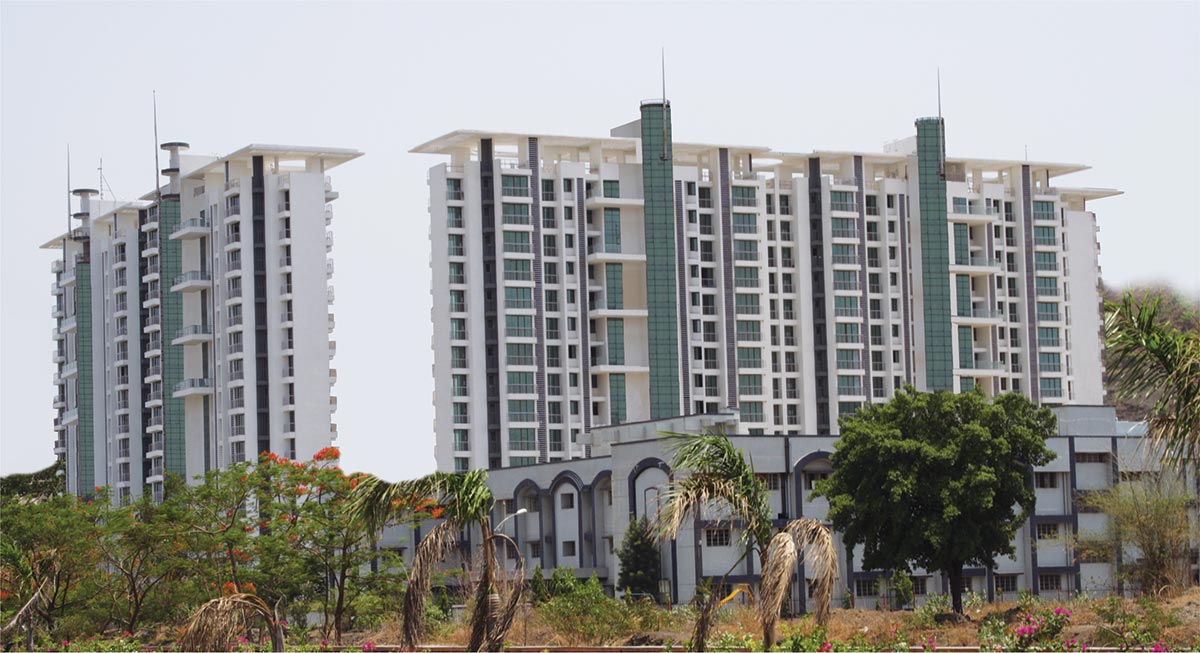 The use of Glass makes a building look aesthetically pleasing and lighter on the eyes. (Pic courtesy: Pilkington Glass India Limited.)
The use of Glass makes a building look aesthetically pleasing and lighter on the eyes. (Pic courtesy: Pilkington Glass India Limited.)Dhingra affirms that ever since float glass got manufactured in India in 1993, glass consumption in India has gone up by six times but he admits that even today the consumption is only 0.95kg per capita per annum, which is very low compared to other Asian countries (5kgs in Indonesia, 6kgs in Thailand, 11kgs in China, 26 kgs in Japan). Average glass consumption for the whole world is around 6 kgs per capita per annum. He adds, "We have recently signed a JV with CGI International of UK for supplying fire rated glass product that is branded as 'Pyroguard' in India. This will capture India's growing market of fire rated products by standardizing and regularizing fire rated glass in Indian projects."
Talking about future trends Chouhan believes that it will surely change towards more "Active" glazing – Glass as a more functional element integrated with other technologies and building automation systems. Some relevant examples are switchable glazing, Glass with LED interlayers etc. Apart from these requirements, Glass with passive fire protection performance will also find new applications to match with the visual feel of transparent interiors.
Events In India
Watch out for the new innovations in glass at The CERAGLASS INDIA 2010 (being organized by Confederation of Indian Industry (CII) – Northern Region in association with Rajasthan State Industrial Development and Investment Corporation (RIICO), Govt. of Rajasthan and Indian Ceramic Society) at Jaipur from the 11th-14th of November which promises to showcase the best in the glass and allied products industry in India and abroad.GLASSPEXINDIA 2011 going to take place in Mumbai in Jan 2011 will be covering all aspects of glass production and processing as well as display glass products and applications.
Pictures sourced by: Apurva Bose Dutta, Bangalore-based architect Apurva Bose Dutta is an Architectural Journalist.








